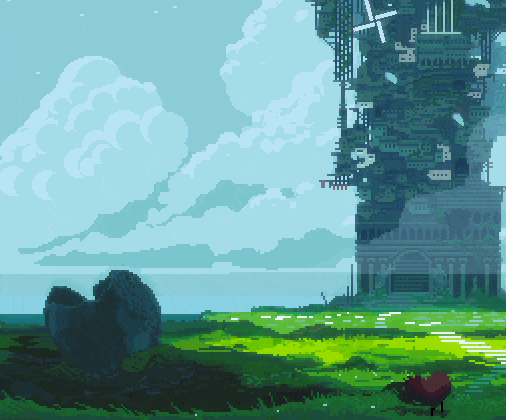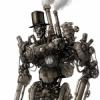Hi guys , I'm developing a procedurally generated top down. My biggest concern right now , is the problem of how to communicate the player a sense of progress. I mean, I pretend that each world that the game creates, be able to communicate on the path the player will have to do to beat the game, for example in Doko Roko each world is a different tower, you beat the game by reaching the top of the tower; in Children of Morta, in each world history goes as how the player interacts with his family, that ends up defining the different stages of the game ; and in Downwell, the player simply falls into the depths of the game in search of rescue your cat -that is at the bottom-.
So I'm looking for references / ideas of this kind that could be integrated into my game. I am very interested in communicating progress through level structure, but since is a top down,the answer does not come obvious (in a sidescroller you can go down/ up... but in a top down?)
*I can do it via visual narrative - For example, I could make the finals level with a "threatening feel".










